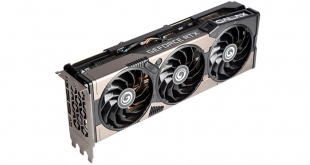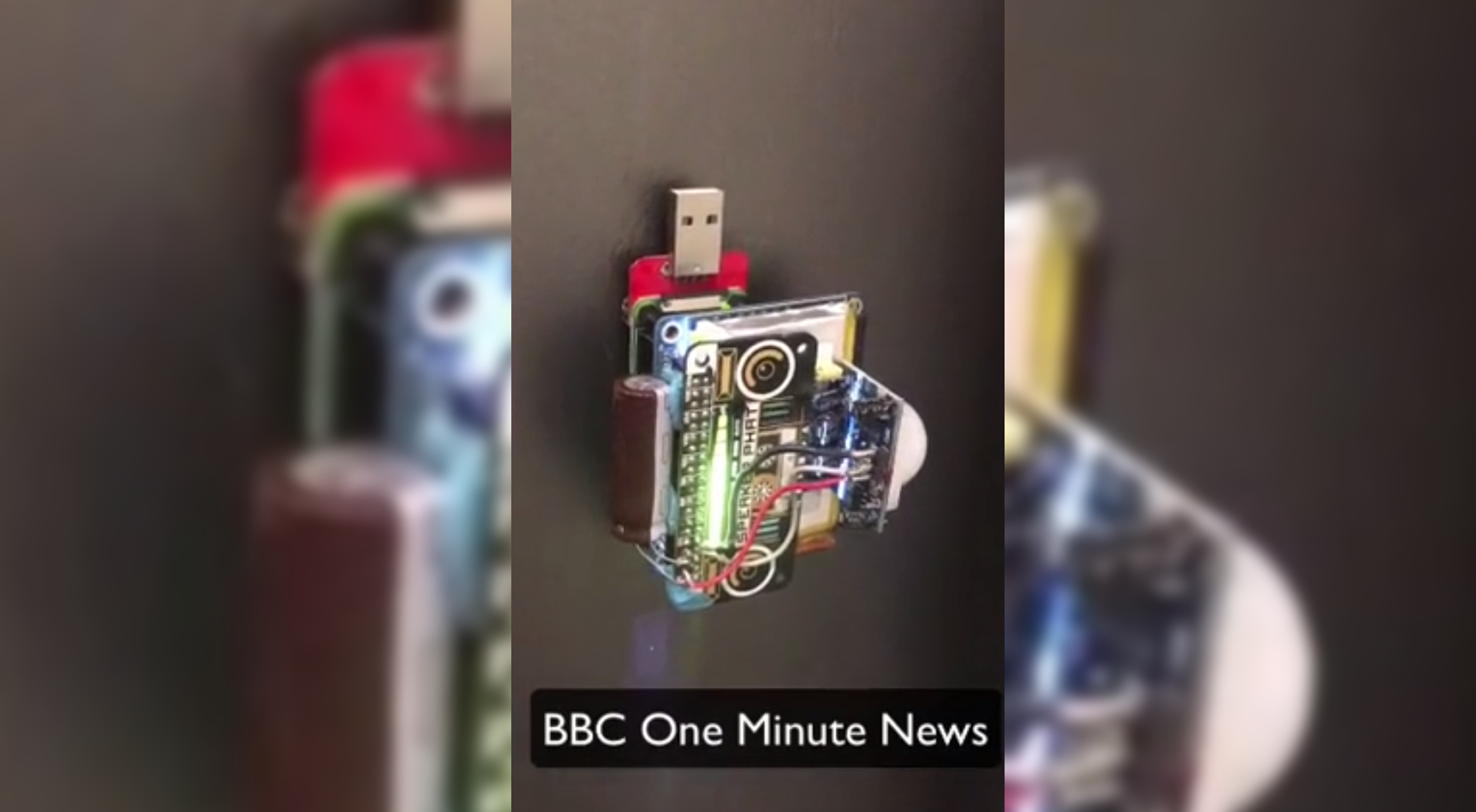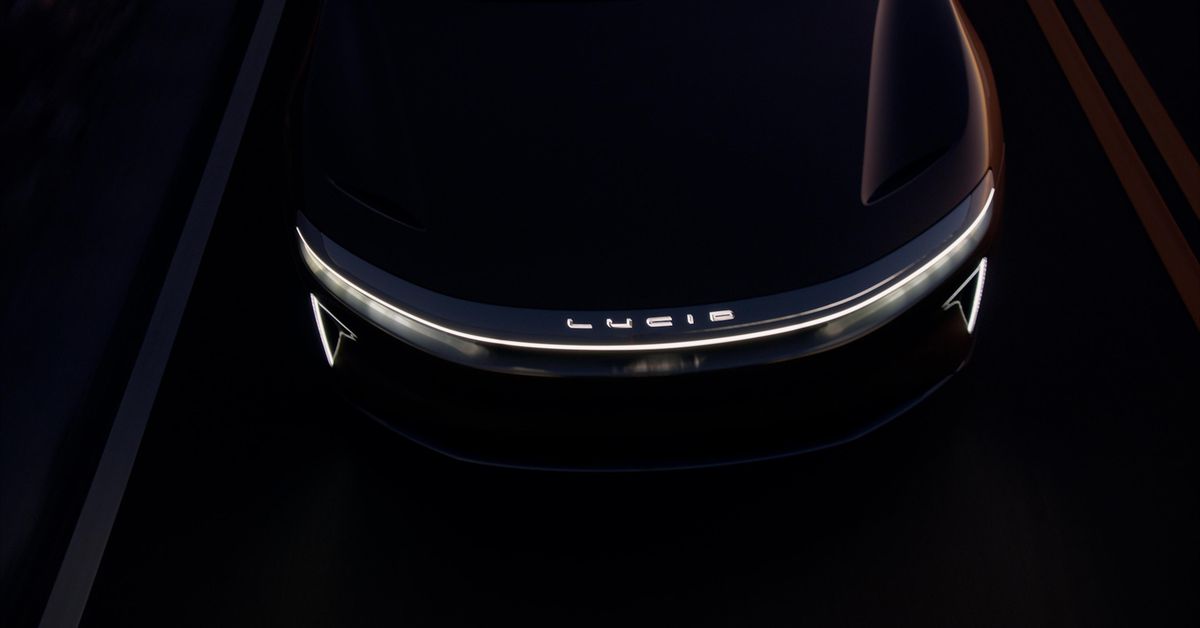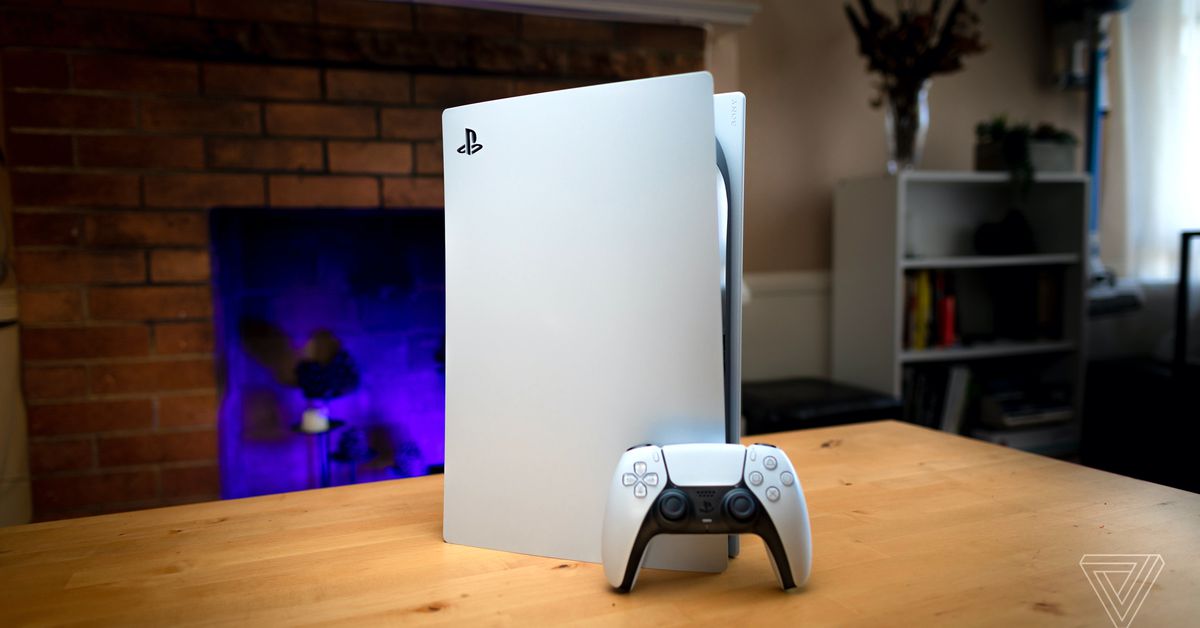Sylvain Levy just co-produced his first video game, Forgetter, which launched on Steam on April 17th. Sylvain Levy has also never played a video game in his life. “I’m not kidding,” says the 67-year-old art collector on a Zoom call from Paris. “The three games that I know are Cyberpunk, the FIFA football game because my son plays it, and the Forgetter.”
Forgetter isn’t Levy’s first foray into the digital world, but it’s his first time working with game designers. In this case, Hong Kong-based Allison Yang Jing and Alan Kwan. It’s an acerbic take on sanitizing creativity: the player works for a startup that scrubs dysfunction and trauma from dead artists’ brains and sells the clean brains to parents who want gifted, untroubled babies. While obliterating these intimate memories, you can also find real artwork by Chinese artists — all from Levy’s collection — and smash them into bits. It’s also a quasi-janitorial sim, so you get paid extra for vacuuming up the mess.
After 10 months of development, Yang and Kwan made a walkthrough video of the game for Levy to watch. “I don’t think my hands are agile enough to be efficient in a game,” he says, turning over his palms. “But I love video games, and I love to look at people playing video games.”
Levy isn’t just a collector. He’s a new type of video game patron, eager to explore what he calls our “digital twin” — our evolving online personae that have different appetites and behaviors. “It’s really important to understand that we have this double personality,” he says, especially as tech drives more human transformation. As digital spaces continue to define our post-COVID lives, the closer we come to what a metaverse could really offer. Commercial games like Fortnite and even Roblox have long been pegged as forerunners for the idea of a shared virtual universe where we live, work, and play. But Levy’s work with games could spur deeper conversations about what we want (and need) in a metaverse that will inevitably be shaped by corporations and mainstream culture.
In 2005, Levy and his wife Dominique created Dslcollection, an influential collection of Chinese contemporary art that never exceeds 350 objects. Their daughter Karen also helps run the collection, which includes work by Chinese art stars like Gu Dexin, Yang Fudong, Jia Aili, Zeng Fanzhi, and Ai Weiwei. The couple started out in fashion and has collected art and design pieces for the last “36 or 37” years. Things changed after Levy’s brother-in-law moved to Shanghai, inadvertently introducing the Levys to contemporary art in China and nudging the family business into a new era. “We said okay, since art is a mirror for society, let’s collect Chinese contemporary art and try to find the energy… we are experiencing in the city,” says Levy.
Using the internet and YouTube, the Levys also decided to make their new collection public — something they’d never done before. As an early advocate of new technology, Sylvain Levy remembers making a Dslcollection iPad app at the end of 2010. “It was very funny when I was showing my app when walking into fairs,” he smiles. “The galleries were turning to me, ‘you don’t have enough money to print the catalog?’”
It wasn’t a far stretch for Dslcollection to reimagine how they wanted to share their art with the world. In 2009, they created a Second Life museum with new media artists Lily and Honglei. A few years later came a virtual exhibition in a hacked re-creation of the Grand Palais museum in Paris, which required stereoscopic glasses to fully enjoy the artwork. And not long after that came virtual reality. “Very quickly, we learned that immersion and gamification were becoming very important in the experience of art, and especially with VR, we were trying to reach missing audiences,” Levy says.
When Allison Yang mentioned Forgetter’s art “patron” to other game developers, they seemed surprised. Levy had initially approached her about a VR project, but she countered with the idea of a game. “A lot of people who might be either intimidated by a museum, or not interested in contemporary art, would be forced to see your art in a game without knowing it beforehand,” she told him. After working on a few demos, Yang and Kwan held monthly meetings with Levy, who also supplied part of the production budget. “[Sylvain] is a very bold person,” she says. “He gave us total creative freedom to do whatever we felt to be appropriate.”
Kwan, who has been making art games for almost a decade, sees this new patron-producer partnership as a potential financial model for experimental games. After all, public art funding isn’t a gold mine. “So what we are trying to do is explore, apart from crowdfunding, apart from getting a publisher, other alternative models to support experimental indie game projects,” he says. A recent report valued the global art market at around $50 billion. Of course, the fine art world is mostly a playground for the wealthy looking to spend money, and collectors like Levy are rare. But it’s thrilling to imagine a scenario where more progressive minds in the art world contributed their capital — financial, cultural, and otherwise — to the vision of a fuller and richer shared universe. (No, NFTs, I don’t mean you.)
“We have deliberately chosen people not from the video game industry to make these games,” says Levy of his new endeavors. “When you look at [the games], you feel that this has been done by an artist, people molded by art or culture, and not only molded by technology or marketing. You can feel the soul… you can feel it’s done by people more related to the art world, than to the leisure industry.”
According to designer Calin Segal, Dslcollection is one of the first (if not first) art collectors to help develop games. Segal co-founded the multidisciplinary group Children of Cyberspace, which is working with the Levys on a game called June. “I’ve seen…collections that have rented or borrowed artwork for video games, but it was always in the form of a gimmick,” Segal says.
June traces the evolution of a child in cyberspace and will feature more conventional platforming elements. The game unpacks the artist’s journey of self-discovery, using everything from direct artwork scans and digital reproductions to hints of textures and visual Easter eggs. It’s also forged new connections between the game designers and the artists whose work is being featured. One of the team’s biggest inspirations is the performance artist Zhang Huan, who was part of Beijing’s avant-garde East Village art community — a photograph of his discomforting piece 12 Square Meters is part of the Dslcollection. The character of June will endure her own version of Zhang’s grueling performance, with his blessing. “[Zhang] is super open,” says Segal. “He’s the one who’s actually encouraging us to think more and more outside the box.”
But it’s virtual reality where Levy seems most comfortable — he uses it at home, and it’s easy on his hands. It’s the most intuitive way to dip into the future while “staying human,” something that Levy believes will be the most difficult thing to do in a metaverse where millions of users interact in thousands of different ways. It’s even more vital to stay human as our current reality veers into dystopia. “If you look at what’s happening all over the world, the world is looking a little bit like 1984,” he muses. “We have to bring back humanism in the core of all technologies… and the best way to do that is through culture, through art, and I do believe that more and more, art can be a way to counterbalance this new world which we’re entering.”
With his old Second Life collaborators Lily and Honglei, Levy is now working on an ambitious VR project to re-create the East Village, where several of Dslcollection’s artists honed their craft. Lily and Honglei considered several platforms for the VR Art Village: VRchat, Sinespace, and Second Life / Linden Lab’s Sansar, eventually going with Sansar for its capability to host several hundred people at the same time.
A short clip of the project shows a semi-armored virtual avatar jogging around a rural village on a cloudy evening. An abandoned cement factory looms large in the background. Players will be able to take part in events, watch live performances, and meet artists in the space. There’s even a transport system to get around. There will be artists’ workshops and storefronts — a barbershop and a bookstore — and a countryside school that houses a cinema, stemming from Lily and Honglei’s memories of growing up in Beijing.
Beyond bringing the fine art world into one small corner of the metaverse, the VR Art Village is also a living homage to one of the significant periods in Chinese contemporary art history, of which little historical material survived. “To everyone’s surprise, systemic documentation about 1980s and 1990s society in China is surprisingly scarce and scattered, you just can’t find things,” says Lily. Born from the 1989 Tiananmen Square protests, the East Village was a short-lived haven for political discourse through art in a particularly volatile era. “I think if we can provide the social context for the Dslcollection, that will be something special,” Lily says. “When you look at artwork in museums and galleries, they’ve somehow lost context with the society and environment which produced or influenced those artworks.”
The designers are also opening up the village to the Grand Palais, which will have a sculpture garden for their collection. The ultimate plan is to keep adding more spaces and connect them together, and Lily eventually hopes to include the art community in New York. “This platform is a bit like the game of Fortnite,” says Levy. “I think this will be the next level, and we will release this platform by the end of the year.” Lily estimates that the village is about 70 percent complete; they’re just waiting for the art to arrive.
Of course, art games and virtual reality experiments are not new. Independent designers have been working on their craft for years, often without the resources available to larger studios. But Levy’s enthusiastic embrace of games — small, experimental games made by tiny two-person teams — is a beacon for more artists and collectors to meaningfully participate in our shared digital universe, using the language of our times.
So far, popular perceptions of the metaverse are so vast, so intimidating, that only billion-dollar corporations like Facebook or Epic could afford to develop and implement the necessary infrastructure. As a distinctly commercial space, Fortnite lets all our favorite celebrities and brands hang out together, from the Marvel Cinematic Universe and Star Wars to the NFL and Major Lazer. At the end of the day, it’s all business — a business that will continue to thrive on gimmicks and cultural capital. But however our impending metaverse unfolds, it won’t be one monolithic, monocultural world.
“There’s always a bleak vision of how capitalists can manipulate things, but I still think there are some opportunities… like for Sylvain, a patron, to work with artists and designers like us, and to generate something interesting,” says Kwan. “Of course, the scale is much smaller, but I think they can still be interesting collaborations that make things work in between those two worlds.”
There’s plenty of room for artists to bring truth and empathy, even within the confines of a corporate or capitalistic world; some might even argue it’s an artist’s duty. “[The metaverse] at the same time is a real and an imaginary place, because what we consider the metaverse or cyberspace, at the end of the day, it’s a mythical land,” says Segal. “It’s a fictional place that we have created to give meaning to our times, and in the practical sense… it will never be a centralized system, but it will have pockets of resistance.”
For now, Levy’s vision for the family collection is an adventurous new conduit between fine art and games. He’s very happy if what he does encourages other art collectors to go into games and VR, not for the money, but to create humanistic experiences and bring fresh experimentation to a notoriously profit-driven space. “I’ve only had one principle,” he says. “It’s better to have a shop in the street where there are many shops, than in a street where nobody is. But we have to be the best shop in the street.”














